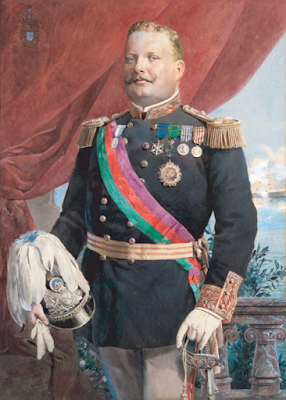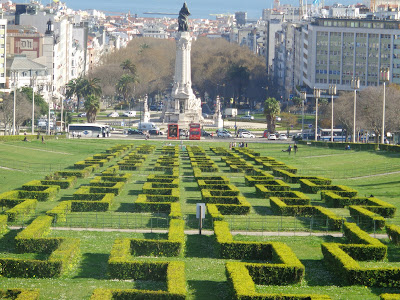6 December 1185 Death of Afonso I of Portugal

Afonso was born as the son of Henry of Burgundy and Teresa, the illegitimate daughter of King Alfonso VI of León and Castile. He belonged thus to the royal Portuguese House of Burgundy. His place of birth and even his date of birth were disputed. Duty: a raise to power Henry, Count of Portugal and Teresa reigned jointly until his death on 22 May 1112. Afterwards Teresa ruled Portugal alone. She even would proclaim herself queen but she was captured and forced to reaffirm her vassalage to her half-sister Urraca of León. In an effort to pursue a larger share in the Leonese inheritance, his mother Teresa joined forces with Fernando Pérez de Trava, the most powerful count in Galicia. The Portuguese nobility disliked the alliance between Galicia and Portugal and rallied around Afonso. In 1122 Afonso turned fourteen, this was the adult age in the 12th century. In symmetry with his cousin, he made himself a knight on his own account in the Cathedral of Zamora in 1125











